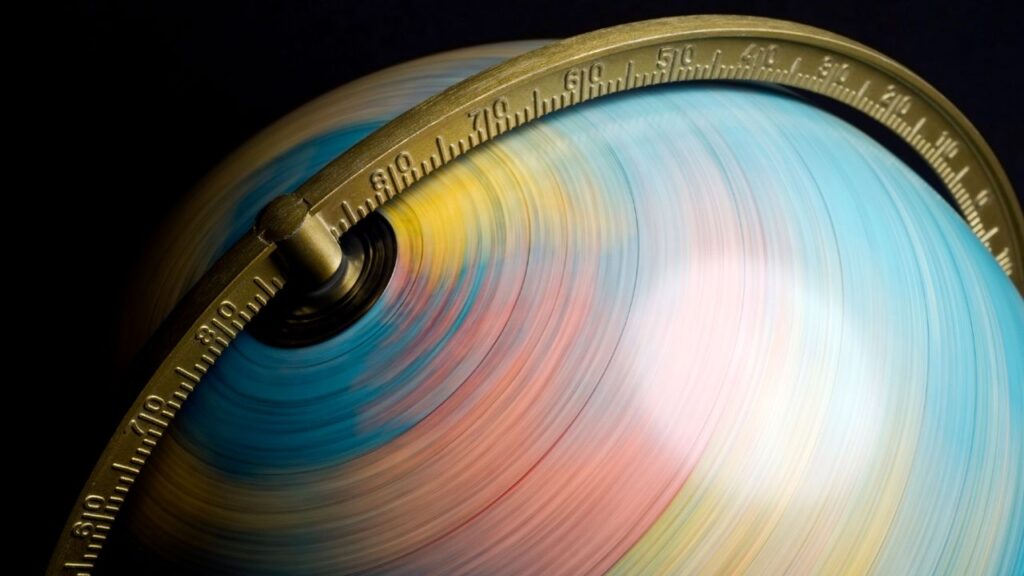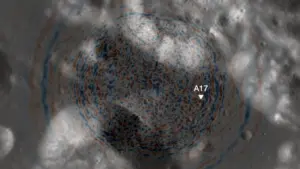
On July 22, 2025, Earth will complete its rotation in just 1.34 milliseconds less than the typical 24-hour day, marking it as one of the shortest days ever recorded. This phenomenon is part of an ongoing trend in Earth’s rotational behavior, which has seen a surprising acceleration in recent years.
Scientists have been monitoring the duration of Earth’s days closely, particularly since the introduction of atomic clocks in 1973. Until 2020, the shortest day recorded was only 1.05 milliseconds shorter than the standard duration. Since then, however, Earth has consistently broken its own records, with the shortest day occurring on July 5, 2024, at 1.66 milliseconds faster than usual.
Understanding Earth’s Rotational Changes
Historically, Earth’s rotation has not been constant. In the distant past, a day was approximately 19 hours long, a result of the interplay between solar atmospheric tides and lunar ocean tides. Over millions of years, the moon’s tidal friction has caused it to gradually drift away from Earth, leading to longer days.
Yet, the recent trend of shorter days raises questions. According to a study published in 2023, the current acceleration of Earth’s rotation is not fully understood. While some researchers suggest that melting polar ice and rising sea levels may play a role, the predominant theory points to changes in the dynamics of Earth’s interior.
Leonid Zotov, an expert on Earth rotation at Moscow State University, indicates that the slowing of Earth’s liquid core could be redistributing angular momentum, resulting in a faster spin for the mantle and crust. He noted, “The cause of this acceleration is not explained. Most scientists believe it is something inside the Earth. Ocean and atmospheric models don’t explain this huge acceleration.”
Future Implications and Predictions
Looking ahead, scientists anticipate that July 9, July 22, and August 5 may be contenders for the shortest days of 2025. Notably, new data suggests that July 10 has already claimed the title of the shortest day for this year, with a measurement of 1.36 milliseconds shorter than 24 hours. If current predictions hold, July 22 will follow closely as the second-shortest day.
This cycle of shorter days could have implications for timekeeping on Earth. If the trend continues, it may necessitate the introduction of a negative leap second around 2029, an adjustment never made before.
Scientists remain vigilant in monitoring these changes, with some indications that the rate of acceleration may be slowing. While the reasons behind the changes in Earth’s rotation remain elusive, the potential for a return to a slower rotation is still on the table, as Zotov suggests that the current acceleration could be a temporary anomaly.
As Earth continues to navigate its complex rotational dynamics, the implications for time measurement and our understanding of planetary behavior remain significant. The phenomenon of shorter days serves as a reminder of the planet’s ever-changing nature and the mysteries that still lie beneath its surface.






